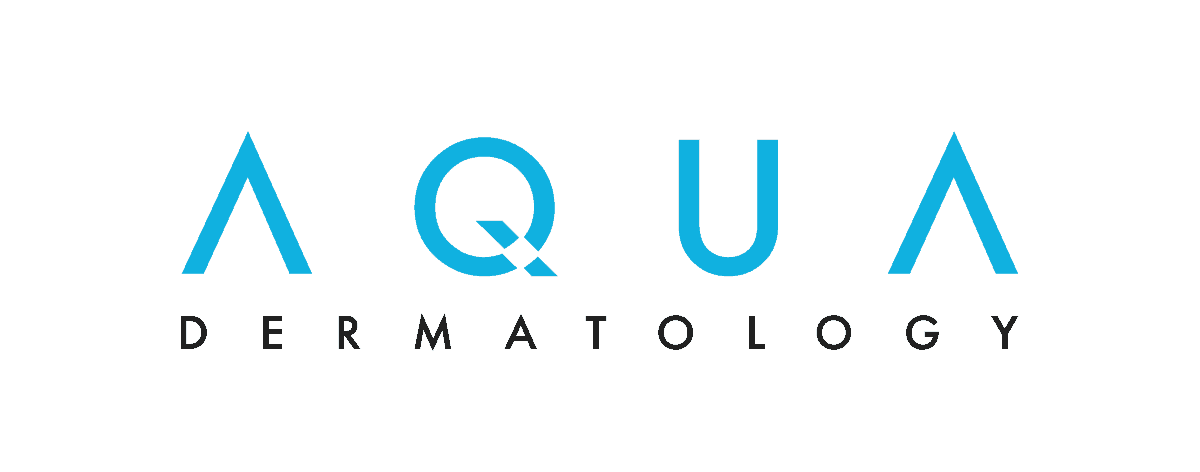Vein Treatments
Veins are under the surface of the skin, but as we age, they can become more and more pronounced. These veins often appear on the legs but can appear in other places as well. Treatments are available to reduce their appearance or remove them.
Spider veins, also known medically as telangiectasia or venulectasias, are tiny purple veins near the surface of the skin that appear perpetually dilated and visible. The small capillaries commonly appear on the surface of the thighs, calves, and ankles.
Spider veins may take several forms. There are typically three spider-vein patterns:
- A spider web shape, where veins radiate out from a central hub
- An “arborizing” pattern that resembles branches on a tree
- Thin, separate lines
The appearance of the spider veins can, in some cases, help your doctor determine whether they are part of an underlying disease.
Factors that contribute to the development of spider veins include:
- Genetics
- Prolonged standing or sitting
- Blunt trauma
- Sun damage
- Pregnancy
- Hormonal factors
- Weight loss, surprisingly (It can thin the skin, making it more transparent.)
- Exposure to certain chemicals radiation
- Autoimmune disorders such as lupus
Spider veins are typically caused by abnormal blood flow and weakening of the blood vessel wall. Any condition or activity that places pressure on the veins can contribute to their development.
Spider veins increase with age and thus are quite common in the elderly.
Vein Treatments Services

ClearScan


GentleMax Pro®

Sclerotherapy





